On June 1-2 we welcomed the five finalists to New York City for the Innovator’s Boot Camp. The program sought to spark new thinking about CTE student needs and ed tech market fit as the finalists iterate their solutions to compete for the $430,000 grand prize. From user archetyping to interviews with educators to working sessions with VR and AR experts, the participants went deep on insights that will inform their product design.
Our Challenge sponsors and mentors made Boot Camp an invaluable experience, and we extend a big thank you to them.
Here are some highlights from the two-day event:
1. Understanding the Career & Technical Education (CTE) Opportunity
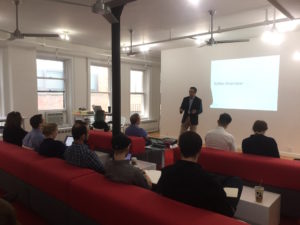
Albert Palacios (Education Program Specialist at the Office of Career, Technical, and Adult Education) gave the finalists a crash course in everything CTE, from how students navigate CTE pathways to the biggest challenges they face. As the finalists evolve their solutions to serve CTE students, understanding this audience will enable them to digital resources that can best meet their needs.
2. Getting User Input: Our Visit to the Urban Assembly Maker Academy
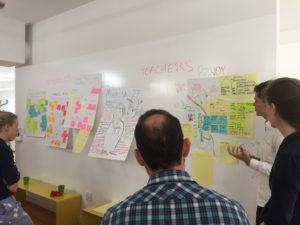
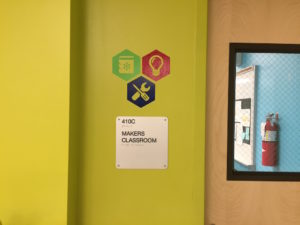
To help the finalists understand CTE user needs, we took them to meet teachers and students at New York’s Urban Assembly Maker Academy. In preparation for this visit, the Luminary Labs team walked the finalists through a user archetyping exercise, challenging them to brainstorm everything impacting the teacher and student experience —from their goals and values to the devices and technologies they have at hand.
Our hosts Madelaine Hackett and Ben Hoser at the Urban Assembly Maker Academy made the school visit a pivotal moment in the finalists’ Boot Camp experience. The teachers and students gave them insightful feedback on their solutions, and sparked thinking on considerations such as how to keep students engaged in a VR experience and how to ease the burden on teachers and students alike of integrating new technology in the classroom.
“My biggest takeaway from meeting the students & teachers at UA Maker Academy was how willing they are to include new technology in the classroom—and how candid they are about past experiences, both good and bad. They really drove home that partnering with schools and working directly with the people who will be using our software is paramount to our success as an educational technology company.”
– Adrienne Hunter, Osso VR Inc.
3. Reading the Tea Leaves: What the Future Holds for VR/AR in Learning
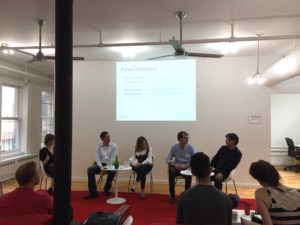
Day 2 of Boot Camp kicked off with a panel discussion with Ted Brodheim (Vice President, Samsung), Dario Laverde (Senior Developer Evangelist, HTC), Susanna Pollack (President, Games for Change), and Aldis Sipolins (Head of Virtual Reality and Game Design, IBM Research). Kate Machtiger from Luminary Labs moderated the panel, asking the panelists for their point of view on where the VR market is headed and their top tips for the finalists. The panelists stressed testing with users early and often and offered several VR predictions—including their bet on the technology becoming more interoperable and that there will be less distinction between game and educational content.
4. Meeting the Mentors
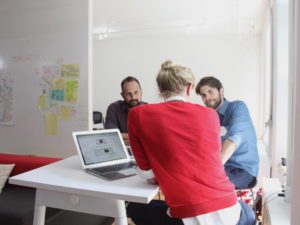
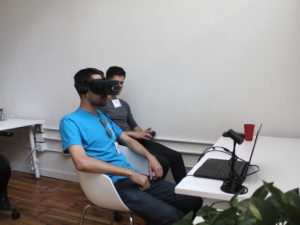
To wrap up day 2, finalists participated in a “round robin” session, rotating through working meetings with five experts in VR technology, gaming, and curriculum design. Teams were able to dig into their questions for the mentors, considering implications such as ensuring simulations are on par with school technology capabilities and how they can build CTE curriculum into their experiences.
Thank you to our Boot Camp mentors:
Nick DiCarlo, Samsung
Dalton Gray, Institute of Play
Zach Pomerantz, High Fidelity
Leah Potter, Hats and Ladders
Aldis Sipolins, IBM Research
What’s Next
Over the next few months, the finalists will continue to iterate their solutions in preparation for Demo Day in Washington D.C., where they will present their playable prototypes to the panel of judges. The judges will recommend the grand prize winner(s) to receive the remaining $430,000 of the $680,000 cash prize and additional in-kind prizes from IBM and Microsoft.
Follow along to see what’s next for the finalists’ solutions.
